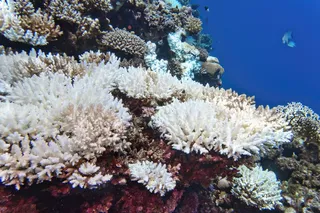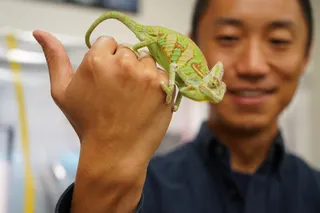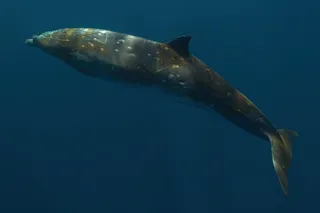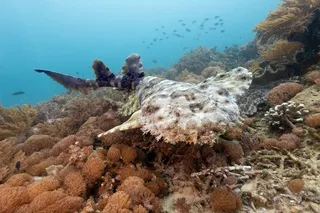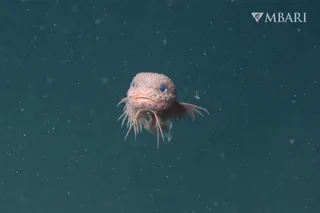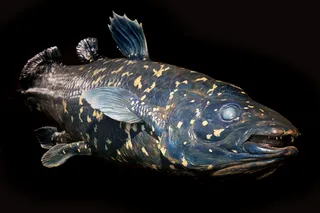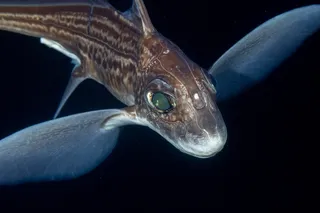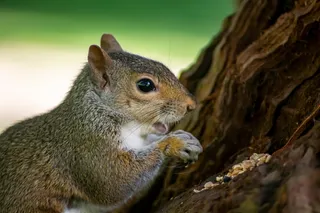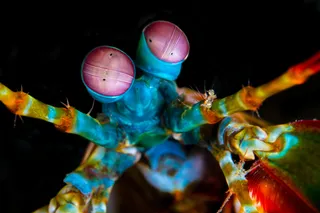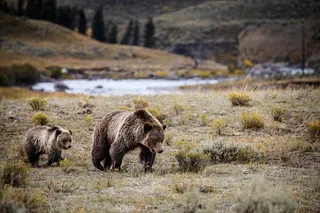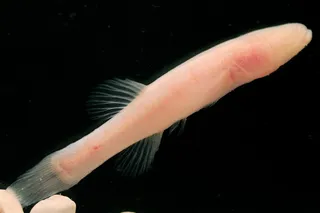I get a lot of emails. Most can be casually filed away, but among the spam and fluff from PR agencies, there are occasionally some absolute gems. And so it was that on August 21^st, one Paul Sanders saw fit to send me four photos of a chicken. Several months back, I wrote a piece about chickens that caught Paul’s eye. In a new paper, Mike Clinton’s group at the University of Edinburgh had found that these everyday birds have an amazing secret - every single cell in their bodies is either male or female. Each one has its own sexual identity, which is very different from the way that sex is determined in mammals. You’ll have to read the original post for a full explanation of how this works, but the important bit is that Clinton’s discovery came about through studying three very unusual chickens called gynandromorphs. Each bird ...
In which I set up a collaboration between a biologist, a farmer and a chimeric chicken
Discover the fascinating world of gynandromorph chickens and their unique sexual identity in this engaging article.
ByEd Yong
More on Discover
Stay Curious
SubscribeTo The Magazine
Save up to 40% off the cover price when you subscribe to Discover magazine.
Subscribe

